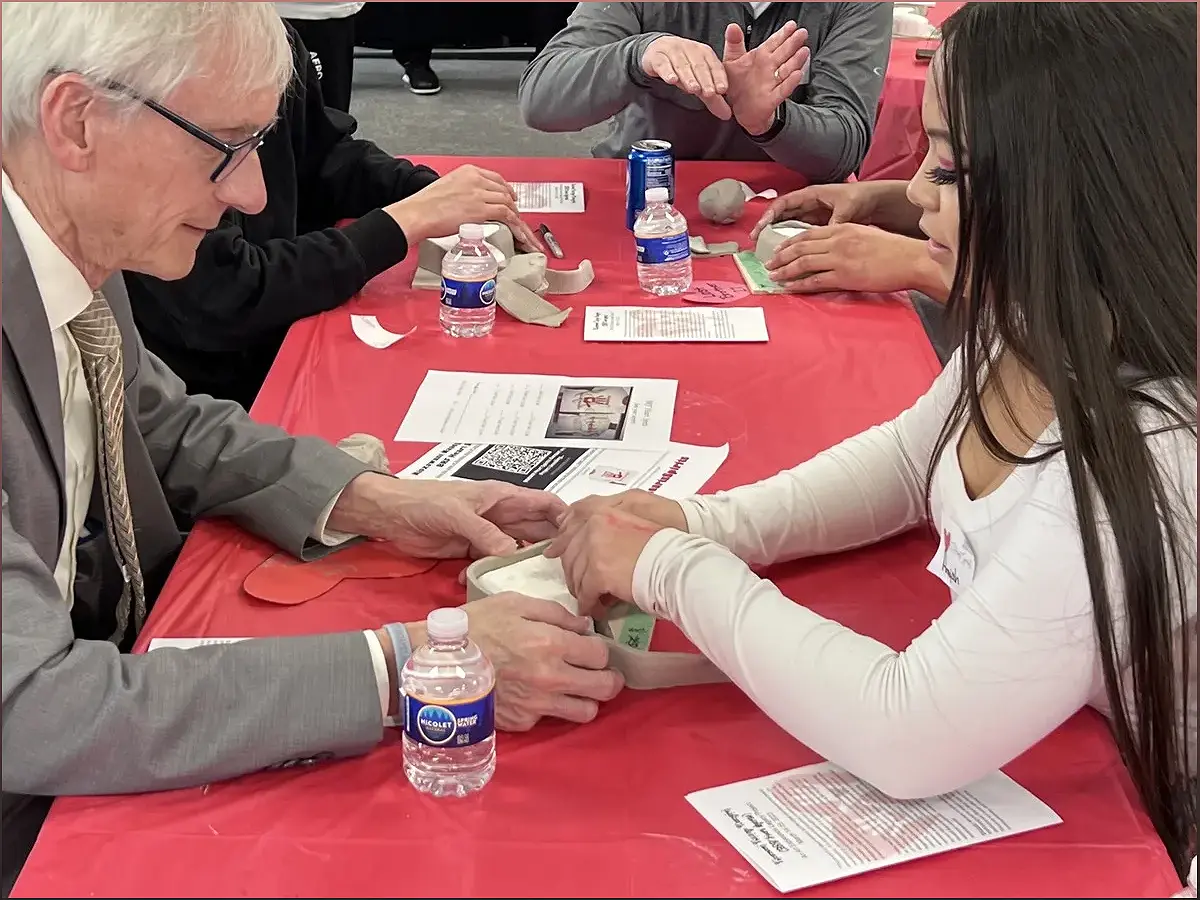In Wisconsin, the issue of missing and murdered Indigenous women (MMIW) is a silent crisis that is finally receiving attention. This article delves into the alarming statistics, the challenges faced in addressing the issue, and the efforts being made to combat it. Join us as we explore the heart-wrenching stories, the collaboration between communities and tribal nations, and the powerful art project that aims to raise awareness and honor the lives lost.
The Alarming Rates of Missing and Murdered Indigenous Women
Explore the shocking statistics surrounding missing and murdered Indigenous women in Wisconsin.
Wisconsin, like many parts of North America, is grappling with the distressing issue of missing and murdered Indigenous women (MMIW). The FBI's National Crime Information Center reported a staggering 5,203 cases of missing Indigenous girls and women in 2021 alone. These numbers highlight the urgent need to address this crisis and protect the lives of Indigenous women.
However, it is important to note that there is a lack of state-specific data in Wisconsin, which further complicates efforts to understand the full extent of the problem. The state has established a task force to tackle this issue, focusing on abduction, homicide, violence, and trafficking of Indigenous women.
Challenges in Addressing the Crisis
Learn about the obstacles faced in addressing the crisis of missing and murdered Indigenous women in Wisconsin.
One of the major challenges in addressing the crisis of missing and murdered Indigenous women is the issue of jurisdiction. Local law enforcement and tribal law enforcement sometimes face uncertainty about their boundaries and jurisdiction, which can hinder effective investigations and collaboration.
Another challenge is the lack of awareness and understanding among the general public. Many people are unaware of the gravity of the issue and the specific vulnerabilities faced by Indigenous women. This lack of awareness contributes to a culture of silence and inaction.
Additionally, navigating the court systems can be confusing and intimidating for victims and their families, especially when cases involve non-tribal members or individuals who have moved off tribal lands. The complexity of the legal processes often deters people from seeking justice for their loved ones.
Collaboration between Communities and Tribal Nations
Discover the importance of collaboration between communities and tribal nations in addressing the crisis.
Recognizing the significance of collaboration, efforts are being made to bridge the gap between communities and tribal nations. Governor Tony Evers emphasizes the importance of tribal sovereignty and equal partnership with tribal leaders in improving the lives of tribal nations in Wisconsin.
One inspiring example of collaboration is a school art project called 'Heart Spirits' in Black River Falls. Students are creating clay hearts to honor the missing and murdered individuals, including Indigenous women. This project not only raises awareness but also fosters empathy and understanding among the younger generation.
By working together, communities and tribal nations can create a supportive network that ensures the safety and well-being of Indigenous women, while also addressing the underlying issues that contribute to the crisis.
The Power of Art in Raising Awareness
Explore the impact of art projects in raising awareness about missing and murdered Indigenous women.
Art has proven to be a powerful tool in raising awareness about social issues, and the crisis of missing and murdered Indigenous women is no exception. In Black River Falls, students have taken the initiative to create a meaningful art project called 'Heart Spirits'.
The 'Heart Spirits' project involves creating clay hearts, each representing a missing or murdered individual since 1980. The project aims to humanize the victims and spark conversations about their lives and the impact of their loss. Community members, tribal leaders, and lawmakers are invited to participate in the events surrounding the project.
Through art, the students hope to touch people's hearts, inspire empathy, and encourage action to address the crisis. The art installation serves as a permanent reminder of the lives lost and the need for continued efforts to seek justice and protect Indigenous women.

